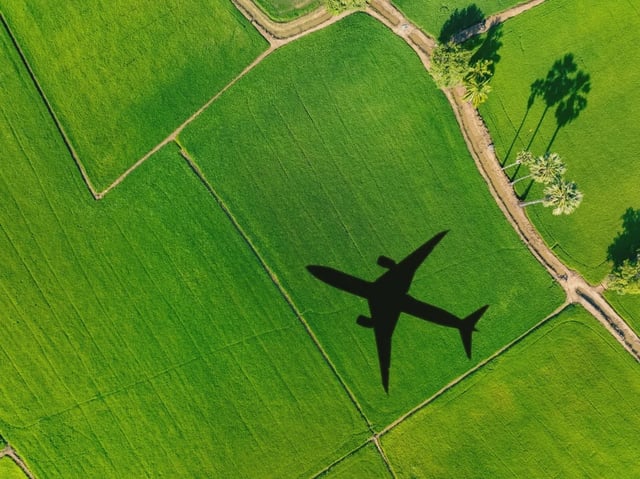Overview
- IATA, with Worley, reports sufficient sustainable feedstock exists for aviation to reach net‑zero CO2 by 2050, shifting the focus to slow technology rollout as the core constraint.
- Airlines will need about 500 million tonnes of SAF annually by mid‑century, with more than 300 Mt potentially from biomass and roughly 200 Mt from power‑to‑liquid e‑fuels if projects scale.
- Current commercial output relies largely on HEFA pathways such as used cooking oil, while PtL expansion requires low‑cost renewable power, hydrogen and CO2 infrastructure.
- Willie Walsh urges direct incentives for producers, access to a fair share of feedstocks, harmonized rules and a reaffirmed role for CORSIA, cautioning that overlapping mandates are lifting costs without boosting supply.
- A Reuters‑highlighted case linking certified tallow to Amazon deforestation underscores verification gaps, even as airlines and regions test new options such as Korean Air’s 1% domestic SAF blends and Finnair’s early e‑SAF partnership.
